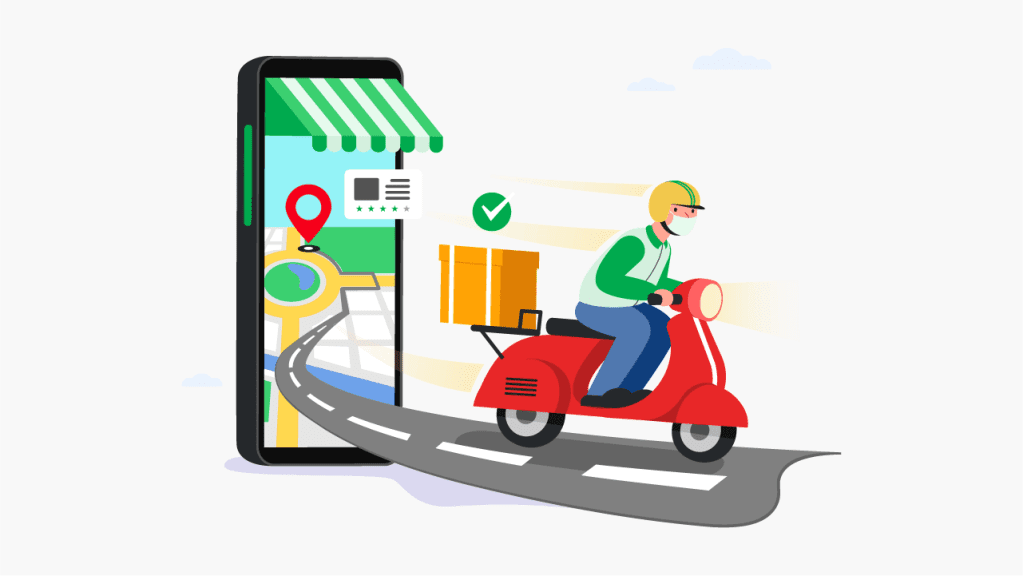Cyberattacks are on the rise these days and ill-intended actors don’t seem to hold back. We already know about big companies taking the hit, but there were also attacks on hospitals, healthcare institutions, and governmental facilities. Now, try and imagine how many of these attacks go unreported?
It may be the pandemic – after all, the lockdowns forced everyone into remote work, whether they were ready or not. Plus, once things get back to normal, it is expected that around 58% of US workers will continue working remotely.
On the other hand, we can also blame the fast advancement of new technologies. Artificial Intelligence and Machine Learning are amazing tools that can be used to process massive amounts of data in a flash. Such power gives cybercriminals a serious advantage in identifying the most likely spots to hit.
Regardless, it’s safe to say we are living in unprecedented times. Businesses have to navigate all sorts of risks and threats without having to look twice over the shoulder when using online tools that help keep things going. Still, that’s exactly what you have to do if you don’t want to have a data breach that may lead to corporate and individual ID theft cases.
Here is why any business and organization must take ID theft extremely seriously:
#1: Business Reputation
Whether you have an online business or a brick-and-mortar store, your customers and leads will come and go based on the reviews they read and the rumors they hear. A brand’s reputation in the market is one of the most valuable assets a business can have, which is why it must be protected at all costs.
If your database gets leaked and you are the victim of a corporation ID theft, you risk losing the good name of your brand in front of customers, business partners, and suppliers.
Cybercriminals can use your accounts to:
- Harass partners by asking for loans, payments for items they didn’t order, information, and more
- Post injurious messages on social media channels
- Send annoying emails and messages to your customer base
- Withdraw considerable amounts of money from your bank accounts
- Place orders you cannot honor
- Sign contracts and close deals you wouldn’t have approved of
The list could easily go on, but the conclusion is that anyone who gets hold of your accounts owns your business. Is this something you are willing to risk?
#2: Smarter Attacks
As we already mentioned, advanced technologies help cybercriminals organize attacks that are more efficient and harder to detect. These examples of identity theft show just how much cybercriminals have advanced in their methods and techniques.
If back in the days data was only available on paper, nowadays most businesses use cloud services or have an internal system of servers that can be accessed online. Plus, you can do almost anything online from paying bills and taxes to signing documents and having meetings.
This opened a wide door for intruders who learned how to approach the most vulnerable link in an organization’s security system – the human factor. A Kaspersky study from a few years back showed that careless or uninformed staff are the second most likely cause of a serious security breach. Next, is human error.
In conclusion, businesses must train their staff in basic cybersecurity measures if they want to have an efficient protection system. Plus, trained employees are more likely to follow the security protocols because they understand the risks.
#3: Protect Business Assets
Did you know that small and medium-sized businesses (SMEs) are ideal targets for cyberattacks?
This happens because they are not as keen to invest in an advanced security system (due to budget size). Plus, a business that’s just starting to grow is likely to have a few golden eggs hidden in its database. These golden eggs can be anything from a well-developed business plan to the documentation for a new invention.
That’s why any business should have at least some type of security operations center. It may be an extra cost to your plan, but it’s worth it if you want to keep your assets away from prying eyes.
In Conclusion
Corporate ID theft and any other form of cyberattack are extremely risky for a business nowadays. Overall, it’s best to take the path of caution and invest in a solid security system. Also, don’t forget to take care of your stuff as well.





